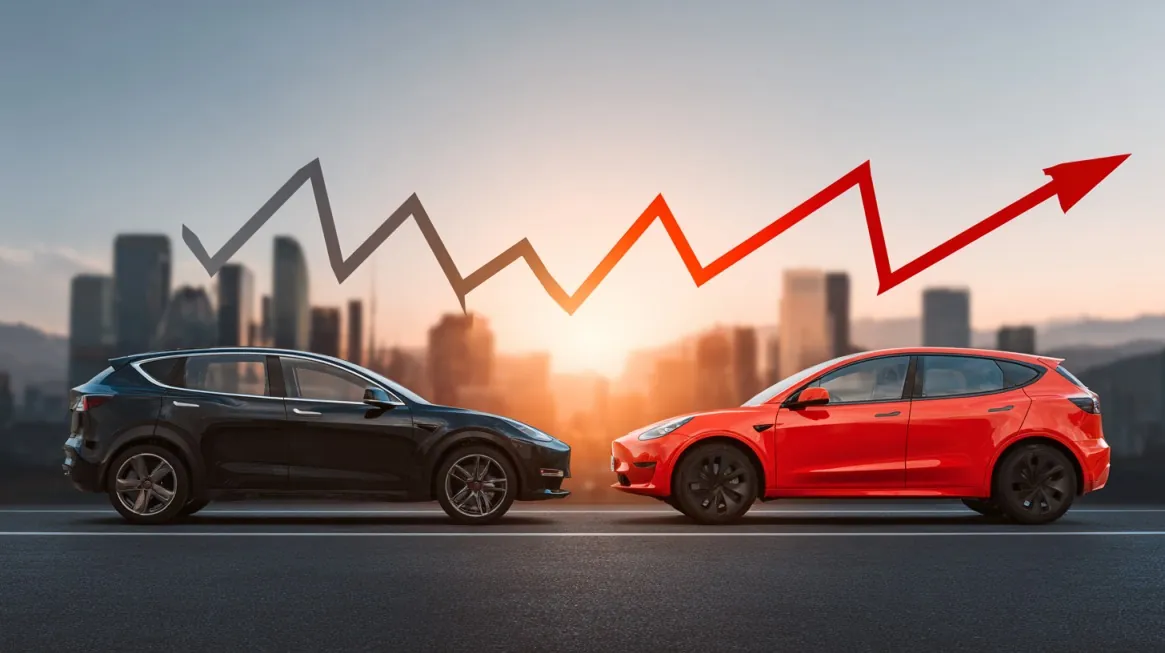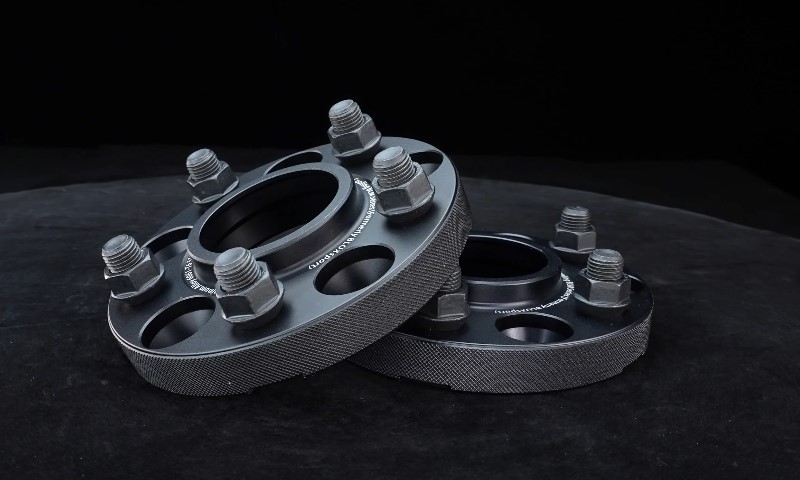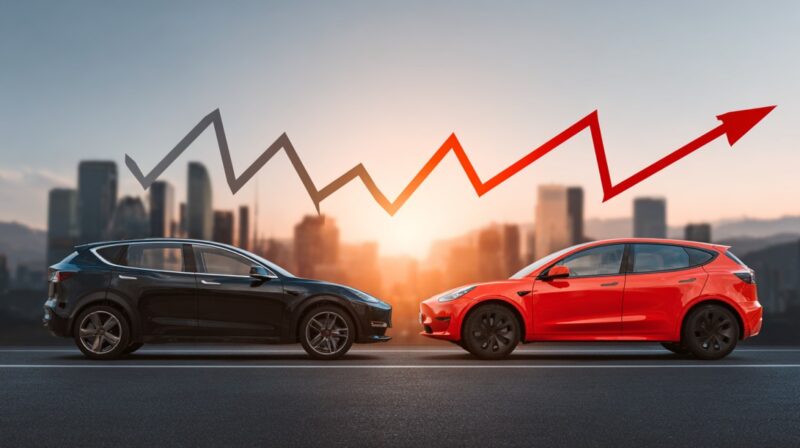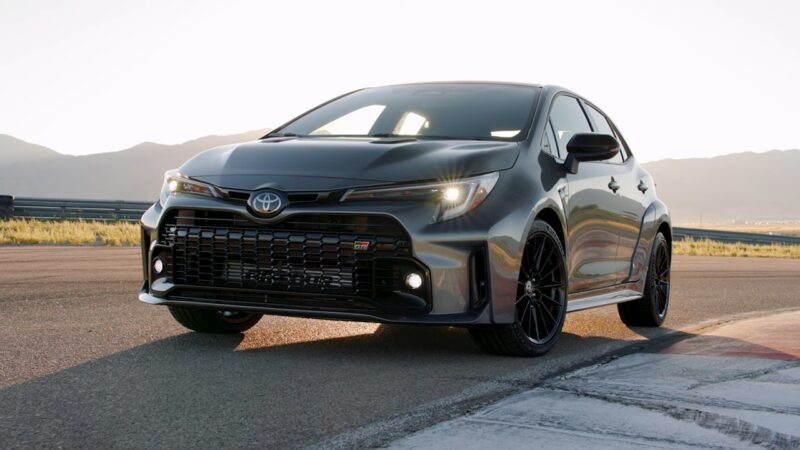
Share Post:
A whole bunch of automobiles roll through showrooms every single year, yet certain ones from Japan never seem to lose steam in the United States.
People here keep buying them, talking about them, and—some might say—loving them. Maybe there’s a reason behind all the hype. Let’s lay it all out, shall we?
Key Highlights
- Longstanding Reliability: Less need to worry about breakdowns and unplanned repair bills
- Fuel Efficiency: Smaller engines, hybrid options, and other engineering decisions that save gas
- Competitive Pricing: Trim levels for nearly every budget range
- Comfortable Design: Interiors that feel good and ergonomic controls that are straightforward
- Cultural Connection: Many models are tailored to American preferences, sometimes even built in U.S. factories
Table of Contents
ToggleWhy Japanese Cars Keep Winning Hearts
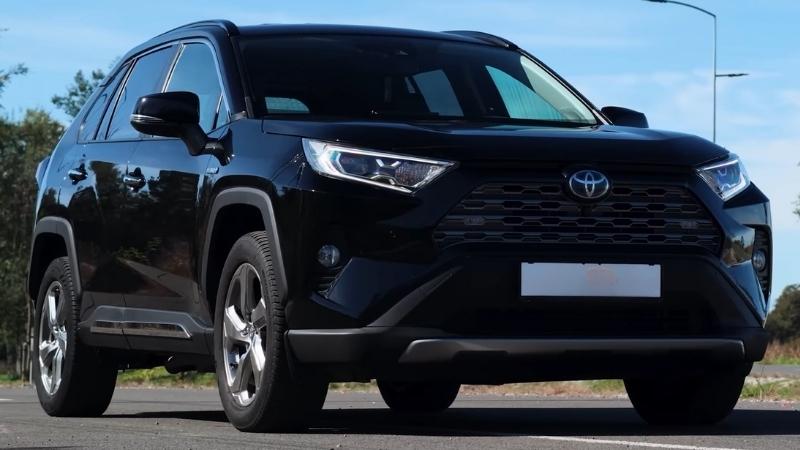
The American market has always had room for a variety of manufacturers, but companies from Japan hold a consistent spot near the top of the leaderboard. Part of that success ties into how those brands have built trust over decades.
Marketing can only go so far; nobody’s going to keep throwing money at a model that breaks down every other weekend.
For better or worse, reputation matters, and people seem fairly convinced Japanese automakers have a knack for delivering cars that keep running longer than your Aunt Sally’s fridge from the 70s.
At the same time, it’s not just longevity. An entire ecosystem surrounds these nameplates, including performance fan clubs and high resale values.
That’s where it gets interesting—once a brand identity grows strong enough, it can sustain itself through multiple vehicle segments.
Buyers who like one product often end up test-driving an SUV from the same manufacturer. If that goes well, guess who’s coming back for the new hybrid, or the next crossover? It’s a self-reinforcing cycle.
Top Sellers in 2024
Plenty of data sources highlight the success stories in the market. One chart in particular points out a handful of models that outpaced rivals in 2024:
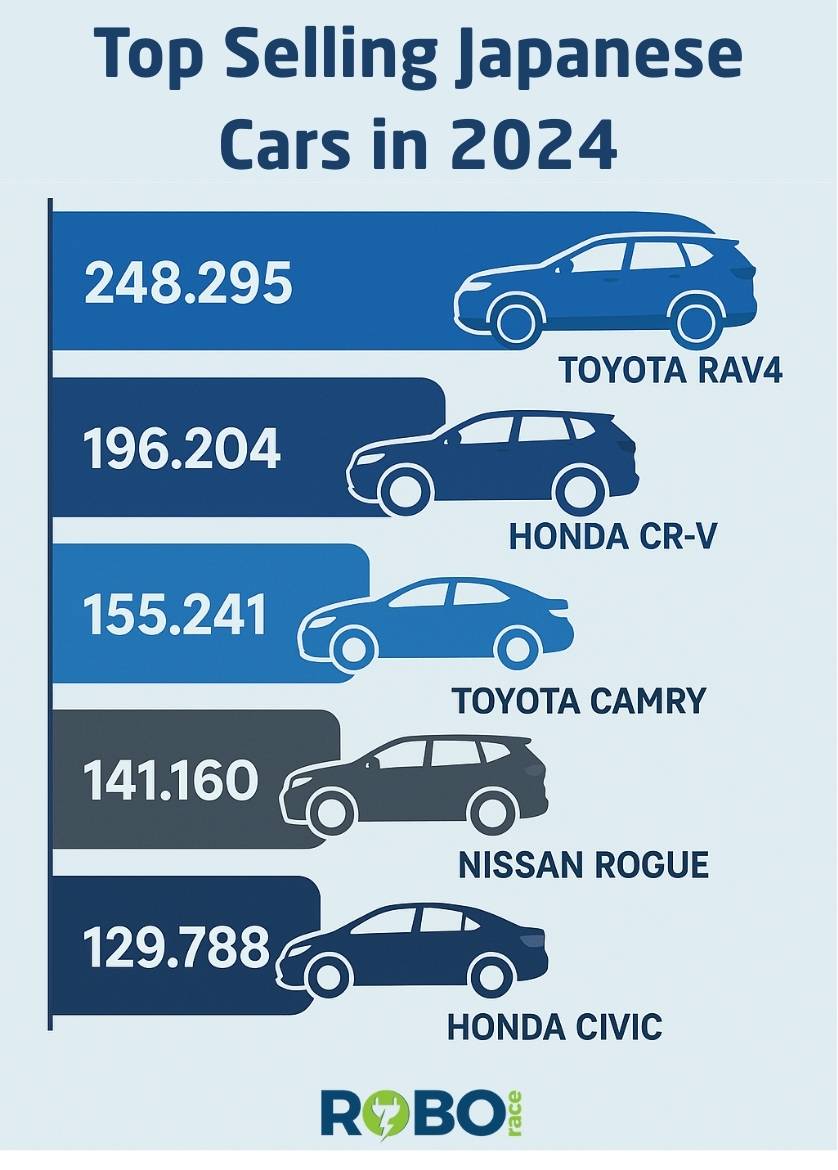
Those results aren’t shocking if you’ve been watching sales figures. Toyota and Honda are absolutely dominating multiple segments—from sedans to SUVs and crossovers—while Nissan maintains a powerful presence.
Truth be told, the RAV4’s popularity is practically an epidemic on highways nowadays. That brand offers a broad range of trims, including a plug-in hybrid called the RAV4 Prime, which cranks out strong horsepower for a small SUV.
Meanwhile, Honda CR-V has cemented itself as that do-it-all crossover with a balanced approach to space, economy, and reliability.
Nissan Rogue, on the other hand, draws attention for its sleek design and the new turbocharged engine that sips fuel in a surprisingly efficient manner. Sedan fans are still going strong with the Camry, plus those who prefer a smaller four-door seem drawn to the Civic’s sporty touches.
There are also niche enthusiasts looking for imported Kei trucks or specialized vans from Japan. Oiwa Garage has an entire subculture waiting for adventurous drivers who want something offbeat. One might say that’s a testament to the enduring fascination with Japan’s automotive creations.
Fewer Mechanic Visits, More Road Trips
Reliability is king in automotive circles. Nobody daydreams of standing by the shoulder of the interstate, calling a tow truck at 3 a.m. That’s where Toyota and Honda especially shine.
There’s a reason you still see 15-year-old Accords and Camrys on the road like they just rolled off the assembly line. Sure, they might have a ding here or a faded paint spot there, but the engines remain rock-solid with proper maintenance.
Subaru also deserves a nod for standard all-wheel drive across most of the lineup, plus a proven track record for longevity. The Forester remains a popular choice for those who live in snowy climates but don’t want a big gas-guzzling SUV.
One might even say that brand is the official sponsor of crunchy outdoor adventures—minus the headache of complicated repairs.
Resale value matters too. Drivers realize that trading in or selling a used Japanese car often brings a decent chunk of change, which encourages them to stick to the same manufacturer for the next purchase. It’s like a cycle of loyalty that keeps feeding itself.
Fuel Efficiency Is a Lifesaver
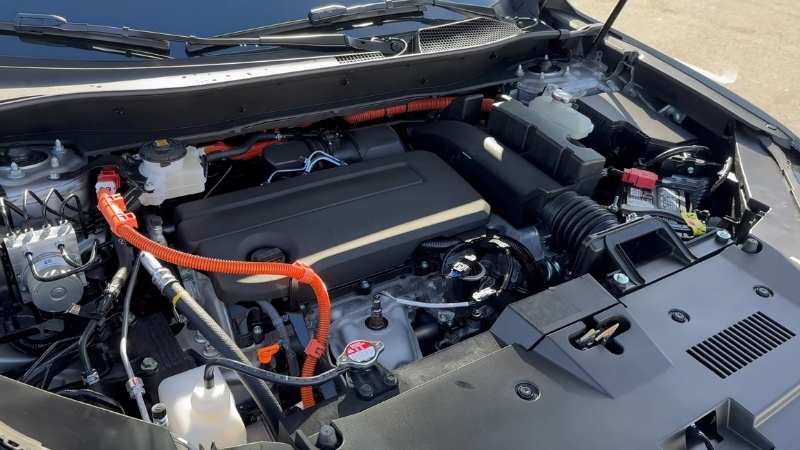
Gas prices can make or break a budget, so models that offer strong mileage remain hot commodities. Hybrids have gained traction in the last few years. Look at the Honda CR-V Hybrid, averaging about 40 MPG combined.
It’s not a NASA spaceship, but that kind of fuel economy makes a difference when your commute starts feeling like a daily road trip.
Toyota’s Corolla Hybrid hits around 47 MPG, priced somewhere in the low-to-mid $20,000s. Nissan’s Sentra also offers a thrifty gas tank, with owners easily surpassing 400 miles per fill-up when driving carefully. That can matter a lot if your job involves frequent travel or if you’re running errands all day.
In the compact SUV realm, the Nissan Rogue does well with its 1.5-liter turbo engine, offering enough oomph to merge onto busy freeways without guzzling your wallet dry.
Hybrids and smaller displacement engines are definitely winning hearts among people tired of seeing half their paycheck go to the gas station.
Comfort and Practicality
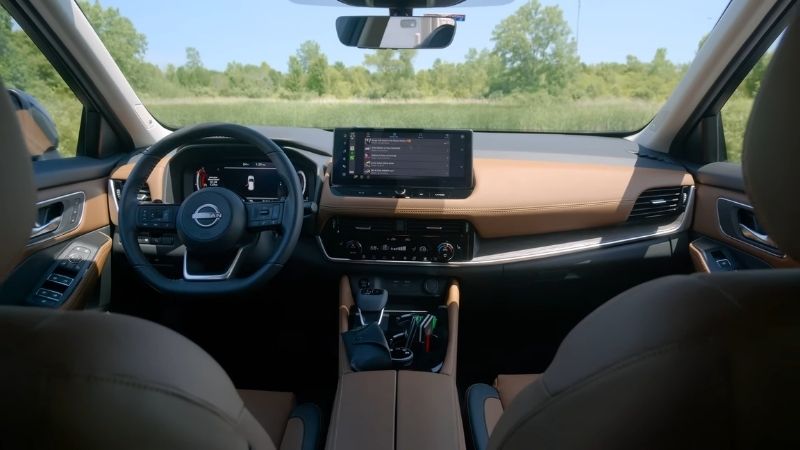
Any auto enthusiast can tell you that reliability is paramount, but nobody wants to feel like they’re sitting on a rock while driving. Japanese automakers have fine-tuned their cabin designs to accommodate all sorts of lifestyles.
Family vehicles focus on extra cup holders, user-friendly infotainment systems, and enough legroom to keep passengers from complaining every five minutes.
Nissan’s Rogue, for example, draws attention with an interior that’s surprisingly spacious for a crossover, plus a well-organized dashboard. It doesn’t hurt that materials feel a bit more upscale in recent models than in older generations.
Subaru’s Outback straddles the line between SUV and station wagon, and that format resonates with people who want to look outdoorsy but don’t want to commit to a tank-like SUV.
Honda’s Civic used to be the poster child for budget-friendly small cars, but modern versions have adopted a sleek exterior that gives off a sporty vibe.
Toyota’s RAV4 tries to be everything to everyone: a dependable daily driver, a commuter-friendly SUV, and a weekend warrior’s partner in mild off-roading.
Different trim levels cater to those varied needs, so potential buyers can pick and choose what suits their lifestyle.
Brand Reputation Matters
Brand image doesn’t magically appear overnight. Toyota, Honda, and Nissan have all been in the U.S. market for decades. They’re not just randomly shipping cars over; they’ve built factories on American soil, tapped into local labor, and created special features that fit homegrown tastes.
Enthusiast cars also do a ton of work in maintaining a positive brand image. Honda’s Civic Type R has a hardcore fan base that’s borderline obsessed, while Nissan’s Z cars and the GT-R have long drawn performance enthusiasts.
Subaru’s WRX has been a rally favorite, generating an almost cult-like loyalty. Even Toyota jumped back into the sports car arena with the GR Supra, made in partnership with BMW but still carrying that iconic Supra badge.
When performance cars succeed, the brand’s overall reputation benefits, spilling over into the bread-and-butter models like the Corolla or Altima. It’s marketing gold.
People think, “If the brand can create an incredible sports coupe, maybe they know a thing or two about building a decent family sedan.”
A Quick Peek at History
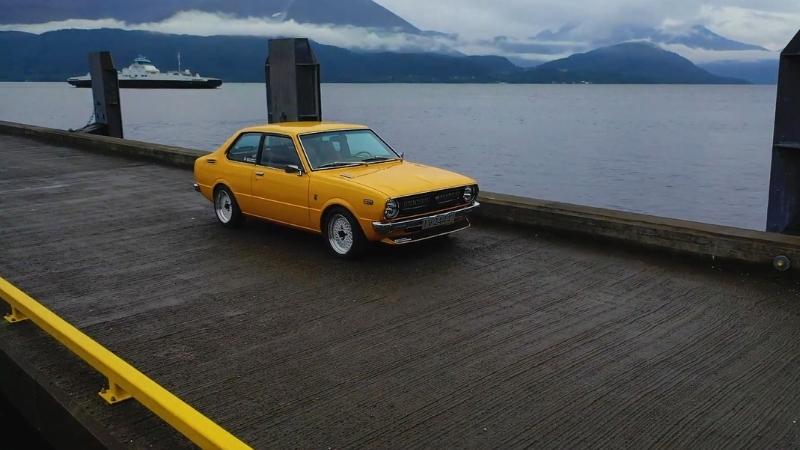
Rewind to the 1970s. The oil crisis blindsided American drivers, forcing them to face skyrocketing prices at the pump. Big V8s from domestic automakers suddenly felt unwieldy and expensive to keep fueled. Japanese manufacturers swooped in with economical cars that sipped rather than gulped.
Models such as the Corolla and Civic quickly earned fans by delivering respectable power for daily errands while still stretching a tank of gas.
Over the subsequent decades, those automakers built North American production plants and tweaked designs for local tastes. One might recall how some old-school drivers from the 1960s were skeptical about foreign cars.
That attitude took a nosedive once Japanese brands proved they could go head-to-head in performance, reliability, and price. What started as a trickle of imports eventually turned into a full-blown mainstream acceptance.
Gearheads and Beyond
Car culture in the U.S. runs deep. There are online forums, club gatherings, racing events, and a sprawling aftermarket scene. Japanese brands found a strong foothold because they offered platforms that could be modified and tuned, especially in the 80s and 90s.
Honda Civics turned into track-day warriors or street racers, Mazda’s MX-5 Miata became the ultimate roadster for budget-friendly fun, and Nissan Skylines (when legally imported) basically broke the internet for gearheads.
That performance enthusiasm rubs off on the daily driver crowd too. If an engine platform is known for handling abuse in racing, it’s likely to handle your daily commute just fine.
Casual shoppers hear about those feats and figure they’re getting an extra layer of assurance when picking a Camry or an Accord. You end up with an interesting dynamic where tuners and everyday commuters both pledge loyalty to the same brand.
Wrapping It Up
Japanese automakers show no signs of fading. New releases bring updated technology, sharper styling, and incremental improvements that keep loyalists interested. Sales figures support that wave of enthusiasm for models like the RAV4, CR-V, Rogue, and Civic, with reliability and overall value standing out as main attractions.
Some might complain about the sheer volume of Japanese rides on the road, but at the end of the day, people tend to buy what works. For many, that means a hassle-free commute, decent mileage, and a brand identity that feels trustworthy.
Odds are high they’ll remain top contenders for quite a while, especially with their deep roots in American culture and a proven track record that spans decades. It’s a story that keeps unfolding, and drivers nationwide are happy to keep it alive.
Related Posts:
- Worst Toyota 4Runner Years (And Why You Should Skip…
- Chinese Cars Are Becoming Popular in Europe and the…
- 20 Cars That Look Like Spaceships - Best Futuristic…
- 15 Best Electric Cars Under $50,000 in 2025 -…
- 10 Best Cars of the 2010s That Still Feel New in 2025
- 2025’s Best Cars for Tech Lovers – From AI Parking…


